

photographic exhibition and book



photographic exhibition and book

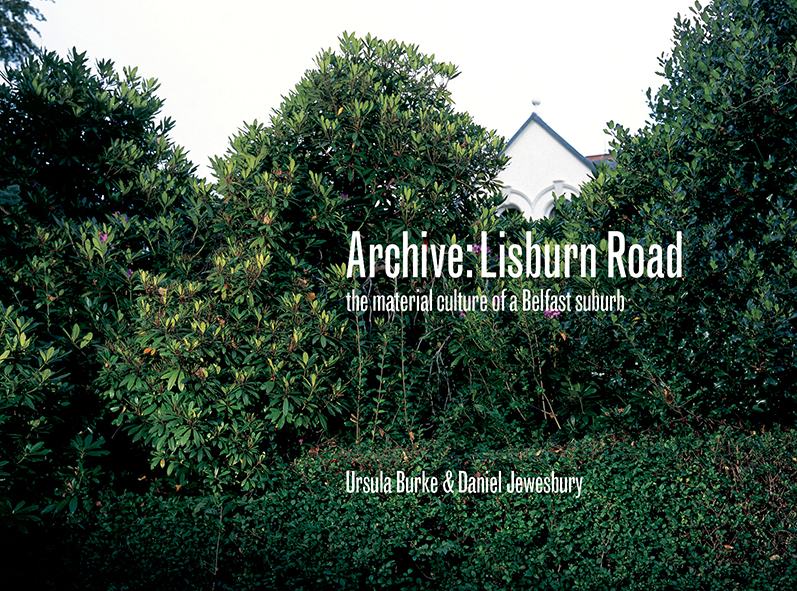
Archive: Lisburn Road is a photographic document of a middle-class suburb of Belfast, produced in collaboration with Ursula Burke during Spring and Summer of 2004. It renders visible a community that does not define itself as a ‘community’, a people who have been content to be invisible. In this project we employed a pseudo-anthropological gaze to capture the material culture of a small neighbourhood, centred around a half-mile stretch of the Lisburn Road. At the time, this area not only featured the highest concentration of ‘luxury’ retail outlets in Belfast (boutiques, delicatessens, winebars, cafés) but public spaces and private homes quite distinct from those usually featured in representations of Belfast. Neatly-trimmed hedges form the ‘soft boundaries’ between private and public space, sports cars line the streets, locals promenade along the road or socialise in pavement cafés.
40 photos were featured in the exhibition at Belfast Exposed, arranged on the gallery walls in an approximation of their location on the road itself. The accompanying book featured a full set of 60 photos. We focused on several different types of images: soft boundaries (the hedges and trees around the homes on the residential streets to the east of the road), shop windows (in which both the reflections of the road sometimes obscured the products on sale), and black-and-white images of one of the parks along the road.
The book featured two texts. In an introductory essay, I explored the Lisburn Road’s historic status as a ‘social precipice’, between the large villas and mansions to the east, and the small working-class terraces to the west. The roads crossing the Lisburn Road mark the boundaries of old strip-farms, which included well-drained land on the Malone Ridge to the east, and went steeply downhill to the waterlogged ‘Bog Meadows’ to the west. As the city had been developed throughout the 19th century, the pattern of housebuilding had followed the relative value of the farmland beneath.
The book’s second essay was commissioned from critic and Belfast native Colin Graham. Colin also subsequently wrote about the project on several other occasions: in an article in the journal Third Text, in the Belfast Exposed book Where Are The People?, and finally in the book produced to accompany the exhibition Northern Ireland 30 Years of Photography.
Also in the book Where Are The People?, Ciaran Carson, one of Ireland’s most distinguished poets, responded to the exhibition and book. Ciaran chose 20 of the photographs from this series and composed a text to accompany them, comprising an intimate recent history of Belfast, drawing on personal recollection and observation.


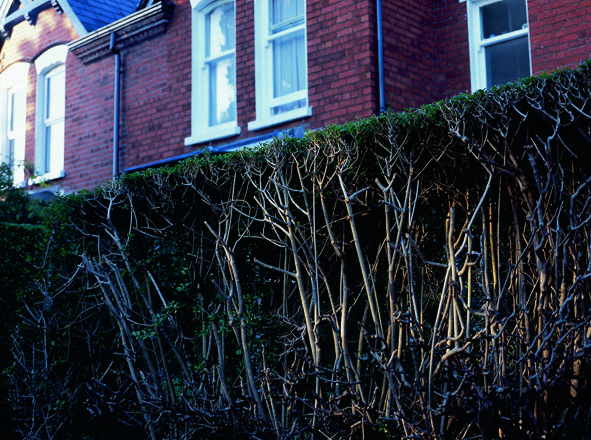

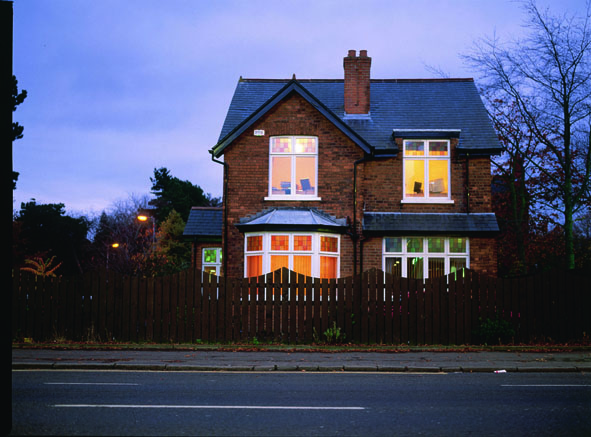
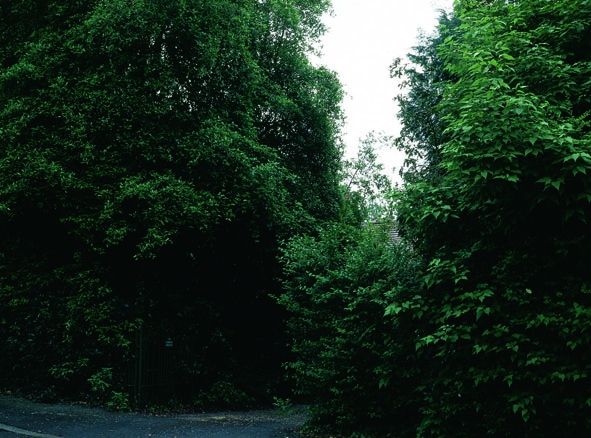
soft boundaries
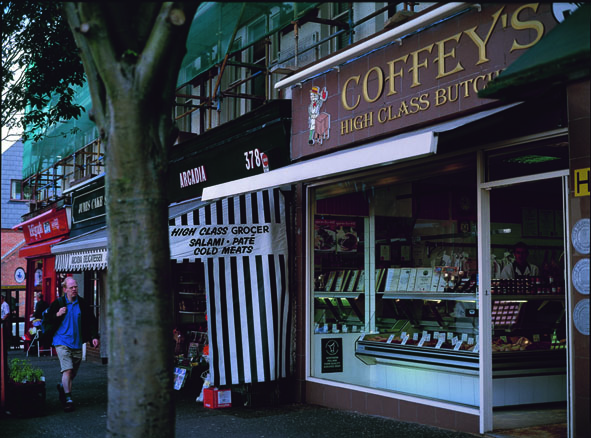
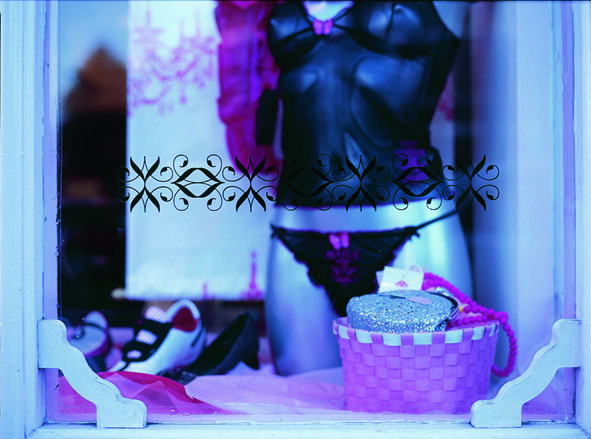



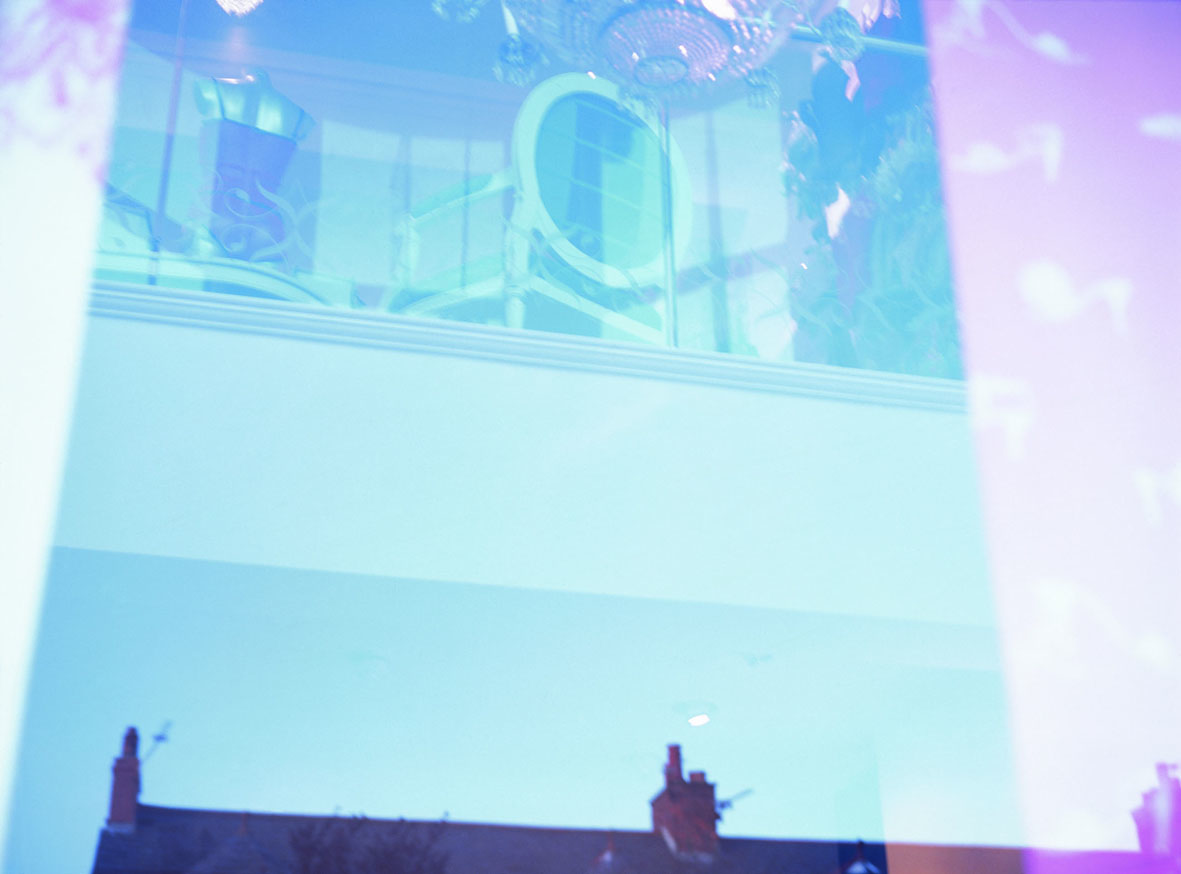
shop windows

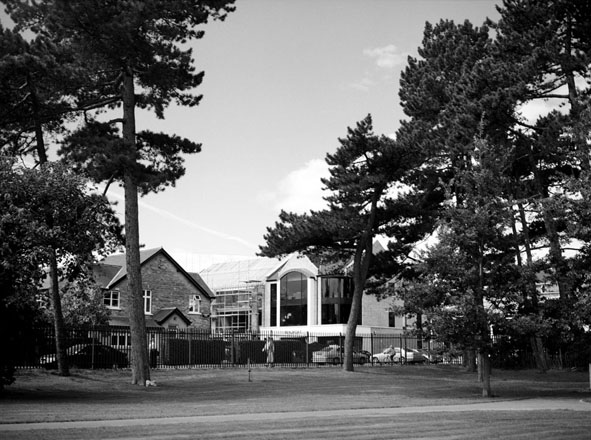


Drumglass Park
© Daniel Jewesbury